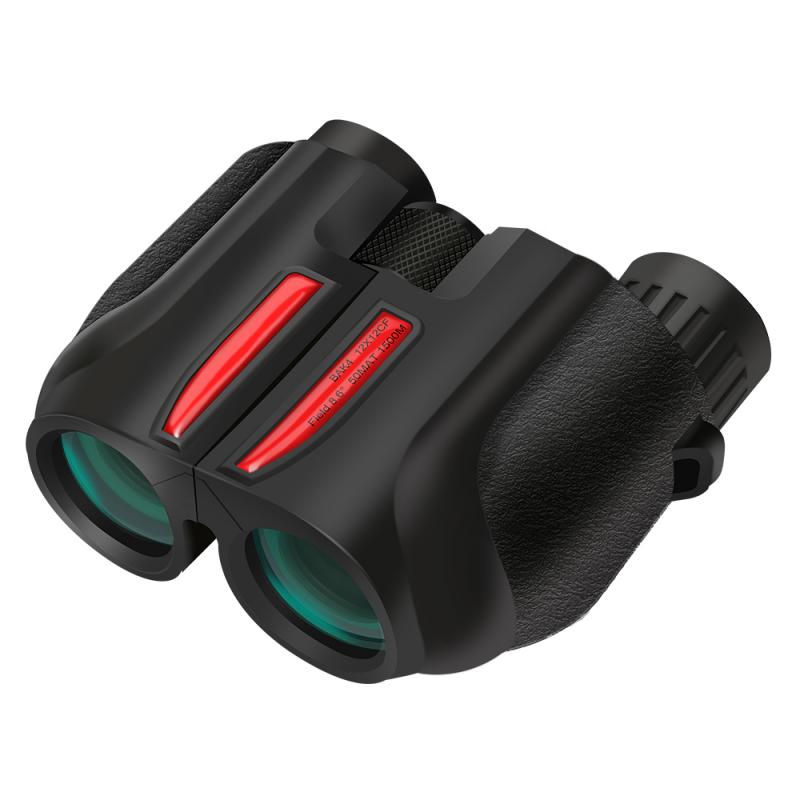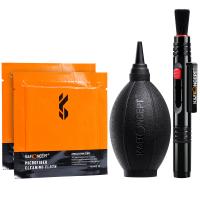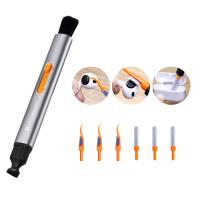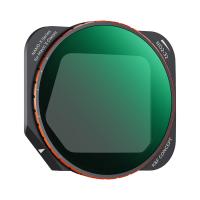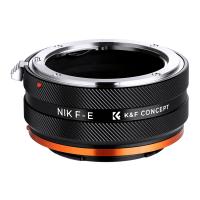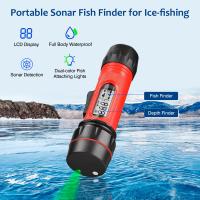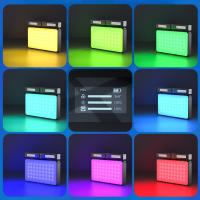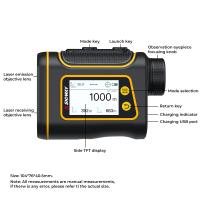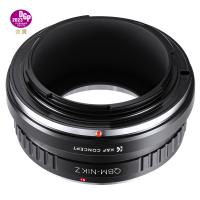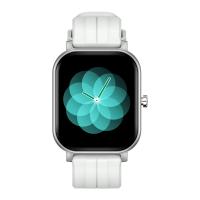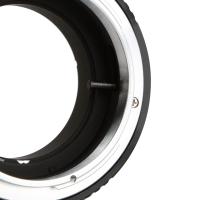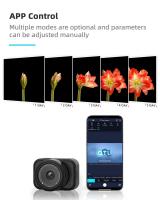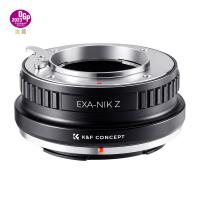How To Choose Best Binoculars ?
When choosing the best binoculars, there are several factors to consider. First, consider the magnification and objective lens size, as these will determine the binoculars' overall performance. A larger objective lens will provide a brighter image, while higher magnification will allow for greater detail. However, higher magnification can also lead to a shakier image, so it's important to find a balance.
Next, consider the binoculars' size and weight, as well as their durability and waterproofing. If you plan to use them for extended periods or in rough conditions, you'll want a pair that is comfortable to hold and can withstand some wear and tear.
Finally, consider any additional features, such as image stabilization or built-in rangefinders, that may be useful for your specific needs. Ultimately, the best binoculars for you will depend on your intended use and personal preferences.
1、 Magnification and Objective Lens Diameter
How to choose the best binoculars? The two most important factors to consider are magnification and objective lens diameter. Magnification refers to how much closer the binoculars can make an object appear, while objective lens diameter refers to the size of the front lenses that gather light.
When it comes to magnification, higher isn't always better. A magnification of 8x or 10x is usually sufficient for most activities, such as birdwatching or hiking. Higher magnifications can make the image shakier and harder to focus, especially without a tripod.
Objective lens diameter is also important because it determines how much light the binoculars can gather. A larger objective lens diameter means brighter and clearer images, especially in low light conditions. However, larger lenses also mean heavier and bulkier binoculars, which may not be ideal for long hikes or travel.
In addition to magnification and objective lens diameter, other factors to consider include the type of prism used (roof or porro), the quality of the lenses and coatings, and the overall build quality and durability.
It's also worth considering the latest advancements in binocular technology, such as image stabilization and ED (extra-low dispersion) glass, which can improve image clarity and reduce eye strain.
Ultimately, the best binoculars for you will depend on your specific needs and preferences. Consider what activities you'll be using them for, how much weight you're willing to carry, and your budget. With these factors in mind, you can find the perfect pair of binoculars to enhance your outdoor experiences.
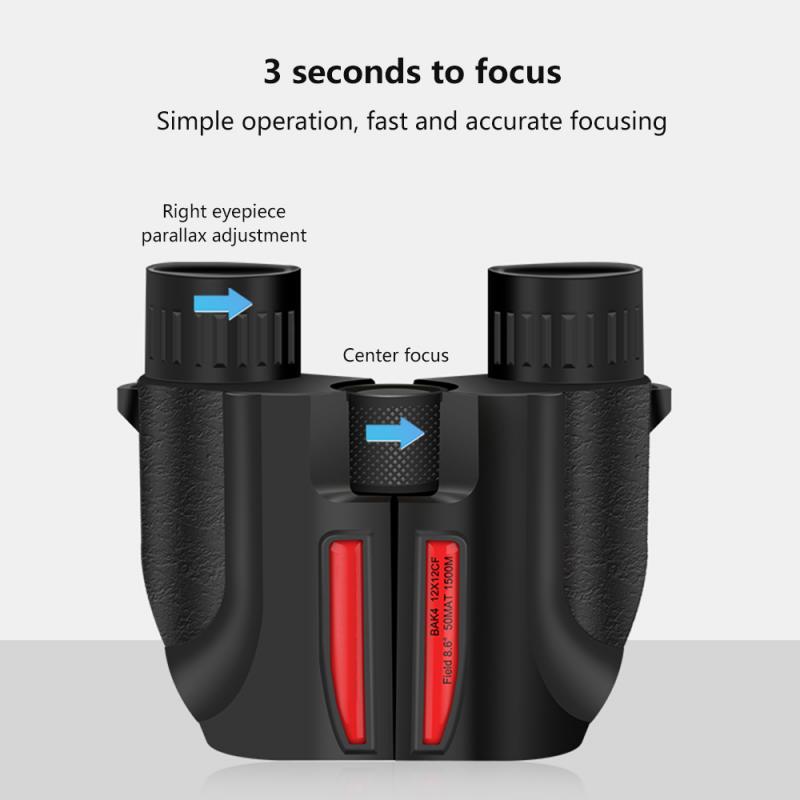
2、 Prism Type
When it comes to choosing the best binoculars, one of the most important factors to consider is the prism type. There are two main types of prisms used in binoculars: roof prisms and Porro prisms.
Roof prisms are more compact and streamlined, making them a popular choice for birdwatching and other outdoor activities. They also tend to be more durable and resistant to damage from drops and impacts. However, they can be more expensive than Porro prisms.
Porro prisms, on the other hand, are bulkier and less streamlined, but they offer better image quality and a wider field of view. They are also generally less expensive than roof prisms.
When choosing between roof and Porro prisms, it's important to consider your specific needs and preferences. If you prioritize portability and durability, roof prisms may be the better choice. If image quality and a wider field of view are more important to you, Porro prisms may be the way to go.
It's also worth noting that there have been recent advancements in prism technology, such as dielectric coatings and phase correction coatings, which can improve image quality and reduce glare. When shopping for binoculars, be sure to look for these features to ensure the best possible viewing experience.
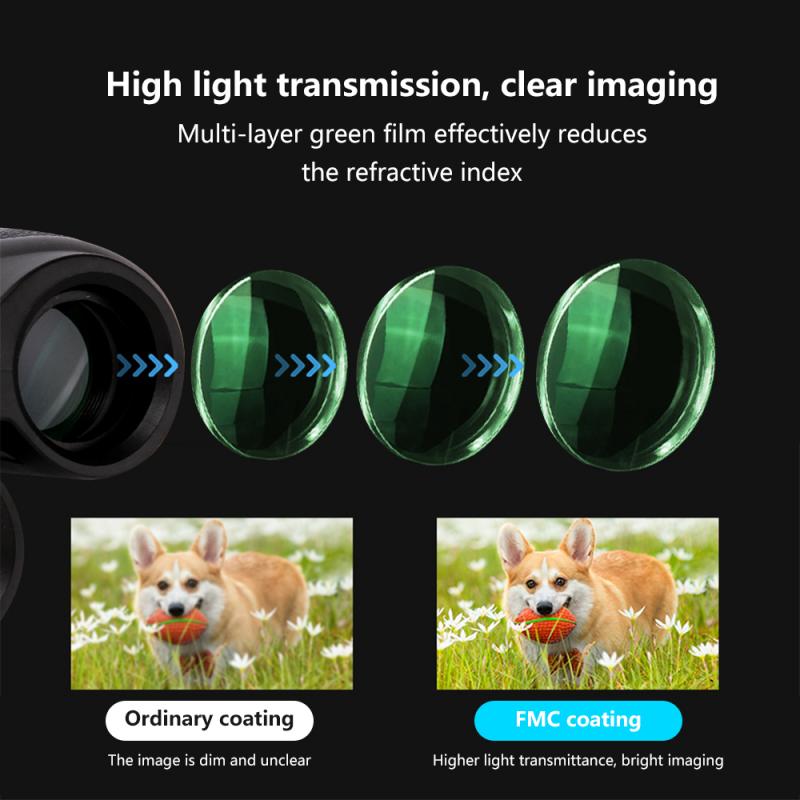
3、 Lens Coatings
Lens coatings are an essential factor to consider when choosing the best binoculars. These coatings are applied to the lenses to enhance the quality of the image and reduce glare. There are different types of lens coatings available, and each has its benefits.
The latest point of view is that multi-coated lenses are the best option. These lenses have multiple layers of coatings that improve the image quality and reduce glare. They are more expensive than single-coated lenses, but they provide a better viewing experience.
Another important factor to consider is the type of coating. There are different types of coatings, including anti-reflective coatings, phase correction coatings, and dielectric coatings. Anti-reflective coatings reduce glare and improve image quality, while phase correction coatings correct the phase shift that occurs when light passes through the prism. Dielectric coatings are the most advanced and provide the best image quality.
When choosing binoculars, it is essential to consider the environment in which they will be used. If you plan to use them in low light conditions, then binoculars with fully multi-coated lenses are the best option. If you plan to use them in bright light conditions, then binoculars with anti-reflective coatings are the best option.
In conclusion, lens coatings are an essential factor to consider when choosing the best binoculars. Multi-coated lenses are the latest and best option, and the type of coating should be chosen based on the environment in which the binoculars will be used.

4、 Eye Relief
Eye relief is an important factor to consider when choosing the best binoculars. Eye relief refers to the distance between the eyepiece and your eye when the binoculars are in focus. This is particularly important for people who wear glasses, as they need a longer eye relief to see the entire field of view.
When choosing binoculars, look for a model with an eye relief of at least 15mm. This will ensure that you can see the entire field of view, even if you wear glasses. Some models have adjustable eyecups, which can be raised or lowered to accommodate glasses wearers.
It's also important to consider the magnification and objective lens size when choosing binoculars. Higher magnification will provide a closer view, but may also result in a narrower field of view and a shakier image. A larger objective lens size will provide a brighter image, but may also make the binoculars heavier and more difficult to hold steady.
In addition to these factors, consider the intended use of the binoculars. If you plan to use them for birdwatching or other outdoor activities, look for a model that is waterproof and fog-proof. If you plan to use them for stargazing, look for a model with a larger objective lens size and a lower magnification.
Overall, when choosing the best binoculars, consider your specific needs and preferences, and look for a model with a comfortable eye relief, appropriate magnification and objective lens size, and any additional features that may be important for your intended use.
